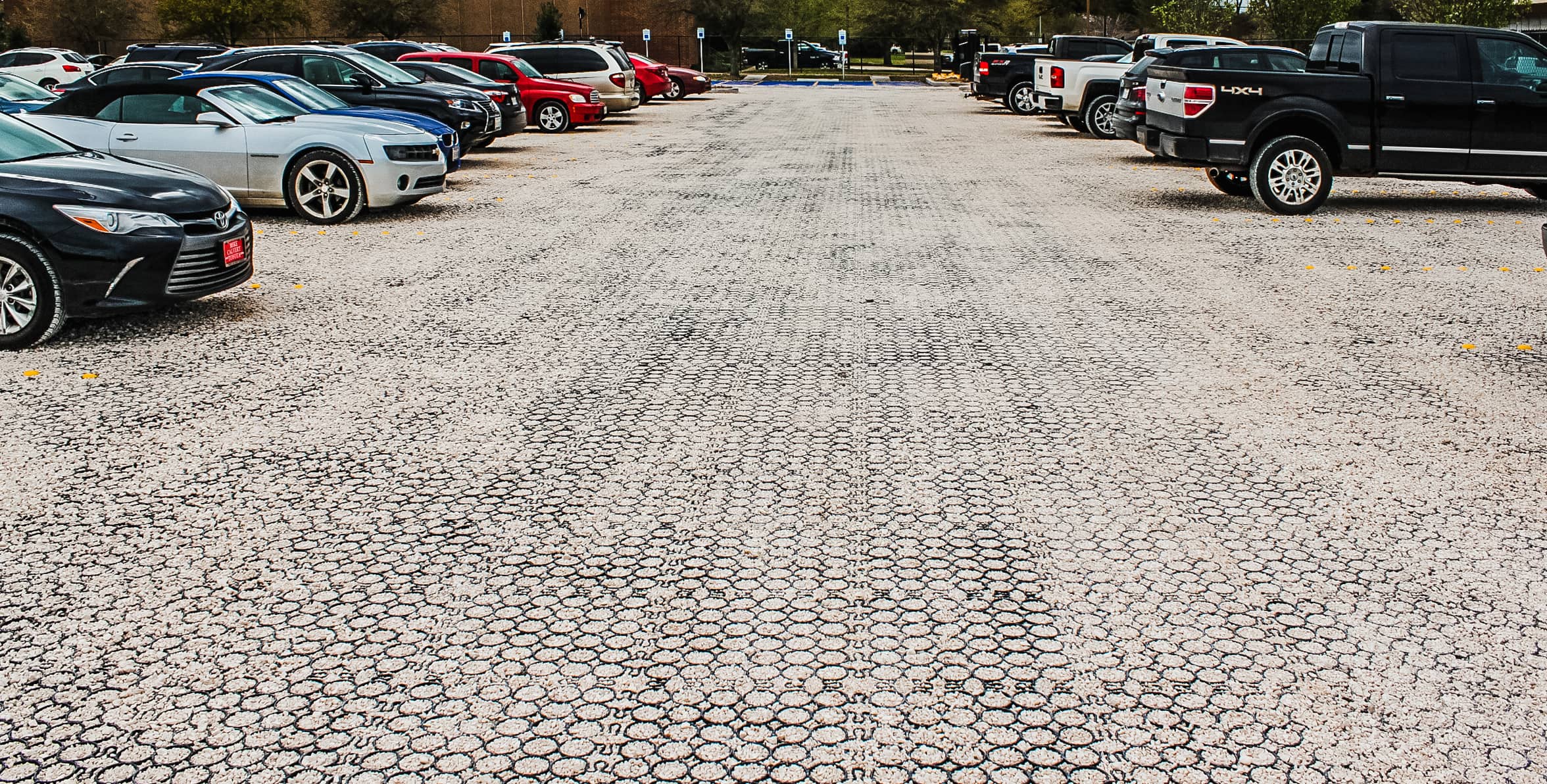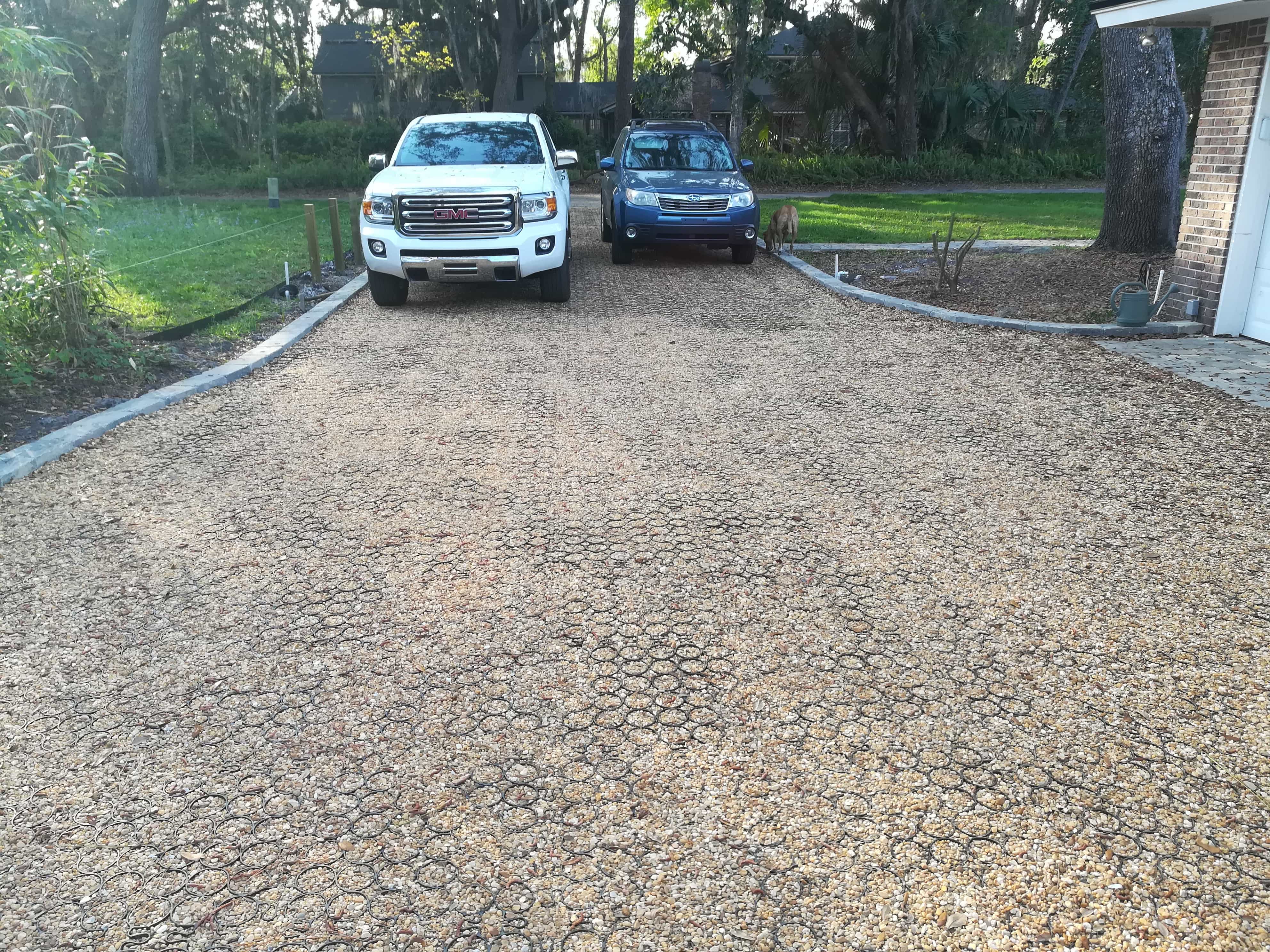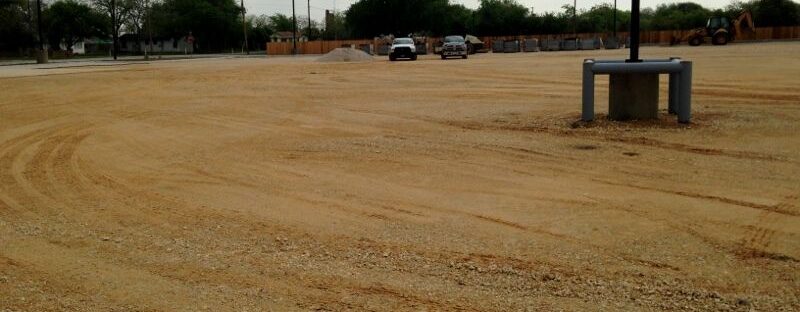 Driveways are one of the most overlooked contributors to neighborhood flooding and polluted runoff. Without permeable design, rainwater flows across the surface and into the street, carrying oil, debris, and sediment along with it. A stormwater friendly driveway reduces this impact by filtering water on-site and allowing it to soak into the ground where it falls.
Driveways are one of the most overlooked contributors to neighborhood flooding and polluted runoff. Without permeable design, rainwater flows across the surface and into the street, carrying oil, debris, and sediment along with it. A stormwater friendly driveway reduces this impact by filtering water on-site and allowing it to soak into the ground where it falls.
Why Driveway Drainage Matters in Residential Stormwater Control
When a driveway lacks proper drainage, rainwater flows into the street, where it can flood curbside storm gutters, overwhelm sewers, and damage the surrounding landscape. Traditional materials like concrete and asphalt create an impermeable barrier across the ground, pushing rainfall to the edges instead of allowing it to soak in where it falls. Runoff doesn’t vanish. As it travels, it picks up oil, sediment, fertilizer, and other pollutants before reaching storm drains, local waterways, and even drinking supplies downstream.
Homeowners who want to reduce that impact are increasingly turning to solutions that prioritize infiltration over deflection. A properly built driveway manages water where it lands. A stormwater friendly driveway works with the environment by reducing runoff and filtering water on-site.
The Role of Permeability in Driveway Design
The core principle behind stormwater friendly driveways is permeability. When water can pass through the surface rather than flow off it, it has the chance to reach the soil below. This recharges groundwater, reduces erosion, and eases the burden on public infrastructure.
In dense urban and suburban areas, permeable materials are among the few remaining ways to restore local water balance. While other systems rely on downstream retention and filtering, permeable surfaces provide on-site infiltration, which is more effective in reducing storm surge volume and improving water quality.
Material Options for Stormwater Friendly Driveways

Permeable solutions come in several forms, each with its own drainage rate, maintenance profile, and load capacity. Choosing the right one depends on site conditions and traffic volume.
Gravel and Grass Surfaces
Unreinforeced gravel remains a cost-effective option that drains well, but it can migrate or rut if not properly contained. Grass (unreinforced) driveways offer a green look and good permeability but tend to degrade under daily vehicle use, damage the grass, rut, and compact the soil
Modular Grid-Based Systems
These engineered systems use rigid plastic grids that distribute weight and prevent surface compaction. Once filled with gravel or turf, they remain stable, drain efficiently, and maintain visual appeal. Their modular nature allows customization for sloped, narrow, or high-use driveways.
Other permeable options include porous asphalt and pervious concrete, which offer surface-level infiltration but may require specialized installation and can degrade under freeze-thaw cycles.
Preparing the Site: Subgrade and Drainage Layers
To function properly, any stormwater friendly driveway needs a solid foundation. This includes excavation to appropriate depth, geotextile fabric to prevent soil migration & added strength, and a well-compacted gravel base. Most permeable driveway systems perform best with an 6 or more inches of base layer of clean, angular stone—such as No. 57 gravel— for gravel infil – or a densely graded base for grass infill options – to support infiltration and load distribution. Before installation, check site slope, soil permeability, and local code requirements to ensure long-term system performance.
A compacted base stabilizes the load and protects the structural layers above it. Geotextiles help maintain separation between soil and drainage rock, keeping water pathways open and unobstructed.
Long-Term Maintenance Considerations
Permeable systems require less maintenance than most assume, but they are not entirely passive. Debris like leaves or soil should be cleared periodically to maintain infiltration rates. In regions with winter weather, snow removal is compatible as long as sand and excess deicer are avoided. Grass infill permeable systems require mowing, watering, and occasional fertilization.
Keeping Systems Performing Over Time
Addressing seasonal care upfront keeps well-built driveways working as designed, year after year. Clogged surfaces, uneven settling, and compacted gravel are all preventable with a few hours of annual upkeep.
Environmental and Financial Benefits
A stormwater friendly driveway protects your yard while also reducing pressure on public stormwater systems and minimizing water pollution. Many municipalities offer stormwater fee reductions for properties that reduce impervious coverage. Driveways that absorb water rather than redirect it often qualify for such programs—if they meet performance standards on infiltration and stability.
Thinking Beyond the Surface Layer
That’s why homeowners and contractors must evaluate the full driveway system—not just the surface layer. The structural layers beneath affect how water moves, how weight is distributed, and how long the system lasts. A permeable surface alone won’t prevent flooding if slope, base prep, or soil conditions aren’t addressed.
Driveways exposed to frequent vehicle use, snow plows, or freeze-thaw cycles need solutions that can handle structural loads while maintaining open pore space. The best systems anticipate these demands and are engineered to perform under them.
How TRUEGRID Systems Deliver Reliable Driveway Drainage

TRUEGRID systems manage runoff by combining structural strength, high infiltration rates, and long-term material resilience.
Engineered for Full-Surface Infiltration
TRUEGRID permeable pavers are made from 100% recycled plastic and designed to create full-surface infiltration without sacrificing stability. The grid structure locks into place across a prepared base, distributes vehicle weight, and holds gravel or turf infill securely.
Once installed and filled, these driveways remain stable, allow consistent water infiltration, and need little ongoing attention. Because the system protects the base from compaction, it continues to drain effectively even after years of use.
Structural Performance Under Real-World Loads
TRUEGRID permeable paver driveway solutions manage runoff across sloped and high-traffic driveways by locking the grid into a stable subbase that prevents washout and erosion. TRUEGRID’s solution is engineered to reduce runoff and resist erosion, making it effective for residential and commercial sites that require formal drainage compliance. Homeowners benefit from a clean, finished look while still getting the environmental and drainage advantages of a stormwater friendly driveway.
Sustainability and Landscape Integration
These systems cut landfill waste and reduce demand for new materials—delivering measurable gains toward sustainability targets. When combined with native landscaping or rain gardens, they form a broader site-wide water strategy that works in all seasons.
Build a Stormwater-Safe Driveway with TRUEGRID Permeable Pavers
TRUEGRID offers a durable, low-maintenance solution for managing driveway runoff while supporting eco-conscious design. Its permeable paver systems reduce flood risk, eliminate gravel washout, and maintain clean, usable surfaces across all seasons.
Contact us today for more information.



